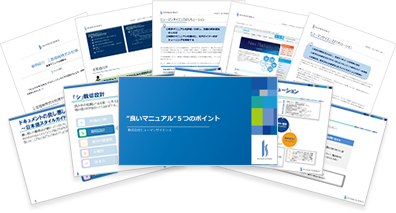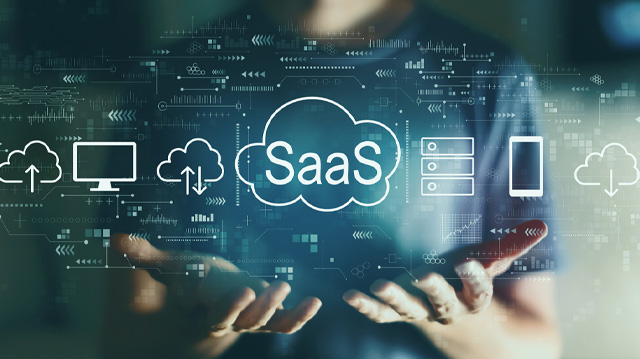
- Table of Contents
-
- 1. What is onboarding in customer success?
- 1-1. What is Customer Success?
- 1-2. What is Onboarding?
- 1-3. Differences Between Adoption and Expansion
- 1-4. The Importance of Onboarding in Customer Success Operations
- 1-5. How to Advance Customer Success Activities to Ensure Successful Onboarding
- 1-6. Setting KGI and KPI
- 1-7. Key Points for Setting KGI and KPI
- 2. Summary
- 2-1. Service Introduction
- 2-2. Achievements
1. What is onboarding in customer success?
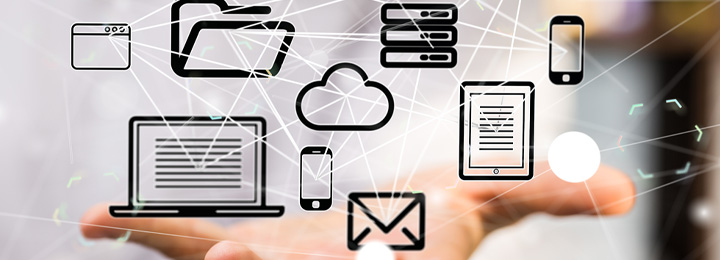
1-1. What is Customer Success?
"Customer Success" literally means "the success of the customer" and is generally defined as "efforts to lead customers to success." In recent years, particularly among companies offering subscription-based services, the concept of Customer Success has gained attention due to the nature of their revenue structure. In a situation where subscription-based products and services are proliferating and customers can easily switch to competitors' services, the perspective of "how to keep customers engaged" becomes crucial. It can be said that the role of Customer Success is to accompany customers after they purchase a product or service, ensuring they can maximize its value.
It can also be said that it is support to lead our customers to success.
1-2. What is Onboarding?
Onboarding in customer success is about supporting customers who have just started using a product or service to understand how to use it and its features. The goal is to follow up as quickly as possible to ensure that users can use the service without confusion, aiming for the establishment of the product or service within the customer organization.
1-3. Differences Between Adoption and Expansion
Onboarding is the support provided immediately after the introduction of systems and tools. It enhances expectations and maintains interest in the systems and tools by assisting customers in understanding and grasping how to use them and their features.
Adoption is the support aimed at establishing the "full-fledged" use of systems and tools. It introduces specific usage methods and examples to ensure that customers are convinced and willing to use them. The goal is to improve satisfaction and conviction regarding the system.
Expansion is the stage where proposals for service updates, upselling, and cross-selling are made. It provides support to achieve actual results and move on to the next stage.
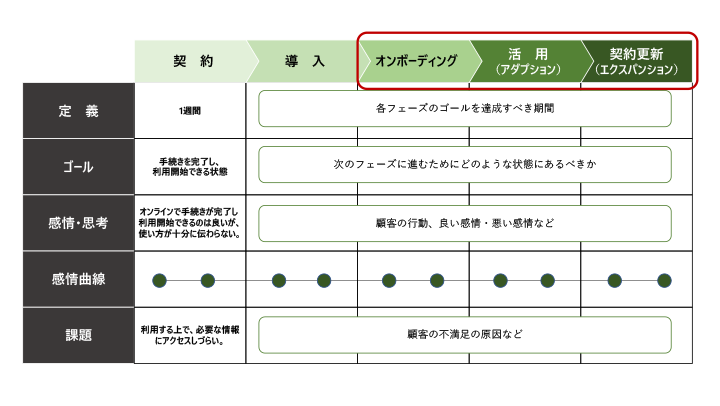
Reference: What is a Customer Journey? Steps for Creation and Key Points for Operation
What are the main phases of customer success and the key points for success?
The above article explains the main phases of work in customer success.
● Onboarding: Supporting customers as they start using products and services
● Adoption: Assisting customers in fully utilizing products and services
● Expansion: Performing upselling and cross-selling to existing customers to expand the use of products and services
Additionally, it explains the time to value (TTV) for successful customer success and points for further successful adoption.
1-4. The Importance of Onboarding in Customer Success Operations
Onboarding in customer success is a crucial step when customers first start using a product or service. The main goal is to increase customer satisfaction and avoid early churn. Below, we will explain the importance of onboarding in detail.
●Foundation of Customer Lifecycle Management: The customer lifecycle refers to the process from when a customer becomes aware of a product or service, makes a purchase, and eventually repurchases. Onboarding in customer success corresponds to the entry point of this lifecycle. By providing appropriate support at the stage when customers first start using the product or service, we maximize their success experience and build a continuous relationship.●Continued Use of Services: When customers first use a product or service, insufficient understanding of how to use it or its features can lead to early cancellations. By supporting customers to use the product smoothly during onboarding, we enhance customer satisfaction and promote continued use of the service.●Maximization of LTV (Customer Lifetime Value): LTV is a metric that represents the profit generated from a customer from the time they start using the company until they stop. Onboarding can promote continued use by customers and increase LTV.●Promotion of Upselling and Cross-selling: Once customers are able to effectively use the product they purchased during onboarding, new needs or dissatisfaction may arise. This can lead to upselling or cross-selling, contributing to an increase in LTV.
In customer success, proper onboarding serves as the foundation for maximizing the customer experience and building long-term relationships.
What is churn rate? How to improve it
What is LTV? How to maximize it
1-5. How to Advance Customer Success Activities to Ensure Successful Onboarding
Defining and sharing the "success of onboarding" that aligns with your products and services is very important. Below are the key points.
●Clear Goal Setting: By establishing KGI (Key Goal Indicator), the entire team can work towards a common goal. Customers also understand the expected values and clarify their expectations for the service implementation.●Improving Customer Satisfaction: When onboarding is successful, customers can use the service smoothly, leading to increased satisfaction. Higher satisfaction results in repeat usage and word-of-mouth growth.●Promoting Customer Engagement: The onboarding process increases touchpoints with customers, building trust. Customers actively participate in the service, enhancing engagement.●Strengthening Customer Success: By sharing the criteria for successful onboarding, the customer success team can provide support tailored to customer needs. Customer success directly correlates with company success.●Guidelines for Improvement: Based on defined success criteria, guidelines can be found to improve the onboarding process. Collecting customer feedback optimizes the process.
By defining and sharing success criteria specific to our products and services with customers, we can maximize the effectiveness of onboarding.
1-6. Set KGI and KPI
KGI (Key Goal Indicator) and KPI (Key Performance Indicator) are important metrics in goal setting.
● KGI (Key Goal Indicator): KGI represents the "goal". In other words, it is the final target number that the project should achieve. For example, the number of contracts per month, the conversion rate, and the sales amount are set as KGI. After establishing the KGI, KPIs are set towards achieving it, creating a dependency where achieving the KPIs also leads to achieving the KGI.● KPI (Key Performance Indicator): KPI is an "intermediate goal" and is a metric that evaluates the processes necessary to achieve the final goal. KPIs are set by quantifying the actions required to achieve the KGI. For example, if the KGI is set to 10 contracts per month, a KPI might be to "make 50 appointments" to achieve that.
1-7. Key Points for Setting KGI and KPI
●Always quantify. Set goals with specific numerical values.●Be aware of the relationship between KGI and KPI. KPIs that do not connect to KGI are meaningless, so confirm their relevance.●Utilize the KPI tree. Place the KGI at the top of the tree and break down the KPIs leading to it for visualization.
Setting KGI and KPI is also an important indicator in onboarding.
2. Summary
Many B2B companies, especially SaaS companies, are prioritizing customer success. The operations of the customer success department are very diverse, requiring efficient execution of tasks, including onboarding. Human Science's services can implement measures that lead to increased operational efficiency in the customer success department and improved CX (customer experience).
2-1. Introduction of Services
To efficiently share know-how for customer success or to enhance customer satisfaction, it is also important to organize documentation. It is necessary to secure resources for this purpose. However, creating manuals and developing training content to improve customer satisfaction requires a lot of personnel and time, making it a high-priority but increasingly burdensome task.
Human Science offers many services for the customer success department. In particular, the quality of the content provided by the customer success department to customers is considered the key to successful customer success. Necessary actions include improving and creating manuals, enhancing FAQs, and producing training content. Attempting to carry out any of these in-house incurs costs. Moreover, the quality must be clear and understandable; otherwise, it is meaningless. Human Science has a wealth of experience in producing clear manuals and e-learning content. We offer the following services.
・Quality Improvement of Manuals and Training Texts
We propose the most suitable user manuals, technical documents, help, and FAQs for your environment. We provide consulting starting from the evaluation of the current manuals to the creation of multilingual support systems and CMS operation. We can also undertake the production of video manuals.・Production of Educational Content and Support for LMS (Learning Management System) Implementation
Similar to manuals, we propose the most suitable educational content for your environment. We start with the evaluation of the current content and can optimize LMS and support multilingual capabilities.・Support for Chatbot Implementation and Development
To improve customer support efficiency, many companies are advancing the implementation of chatbots. We propose the most suitable chatbot for your environment. We can provide one-stop support from the implementation of the chatbot system to content production.
2-2. Achievements
The following are achievements for the Customer Success Department.
We provide a one-stop service for creating easy-to-understand manuals, video manuals, and e-learning content necessary for customer success, so please make use of it.

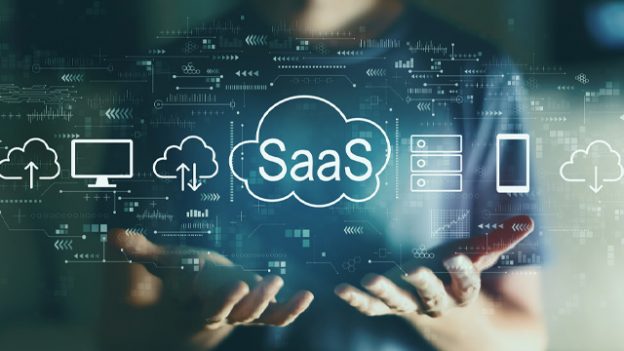












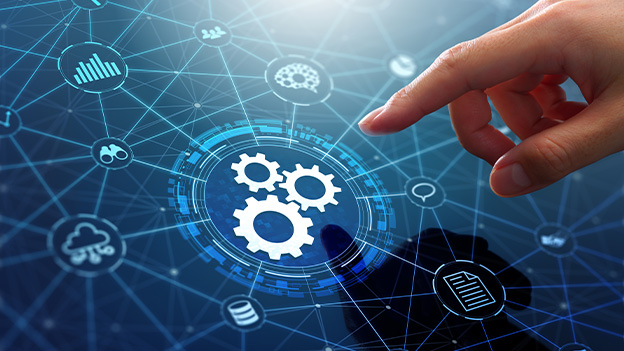


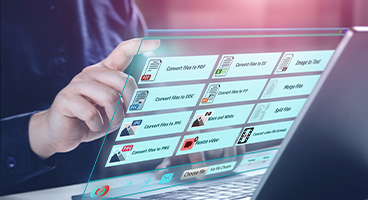
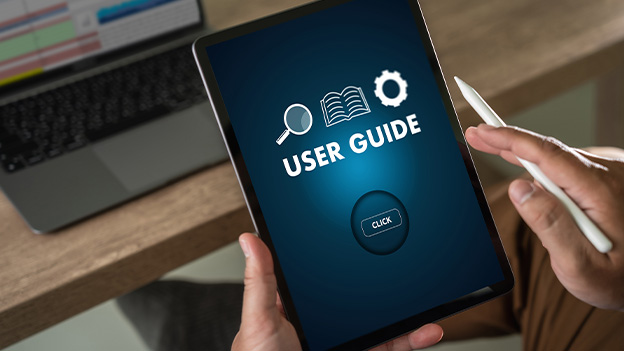








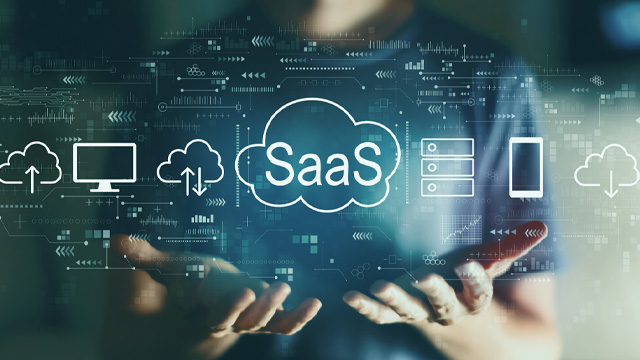



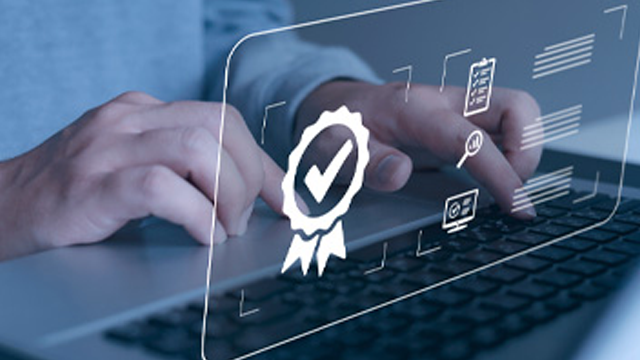






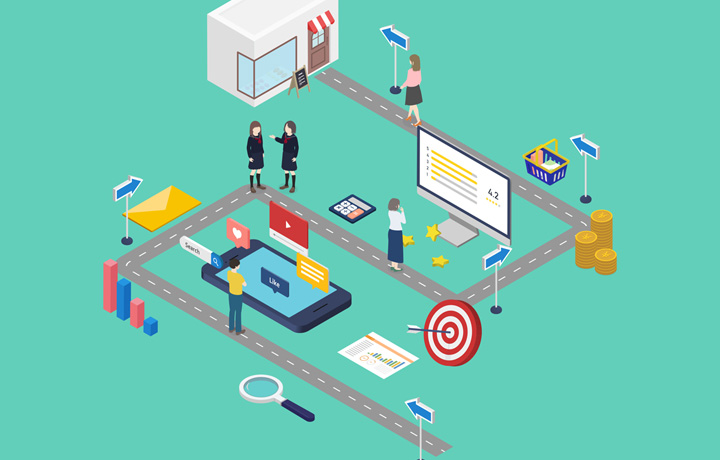
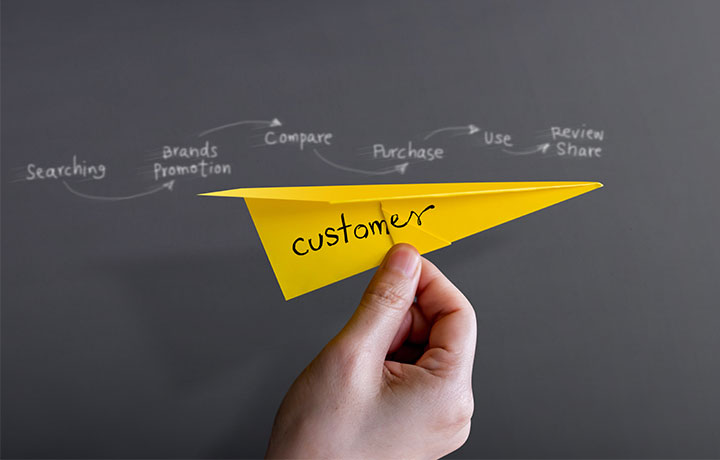











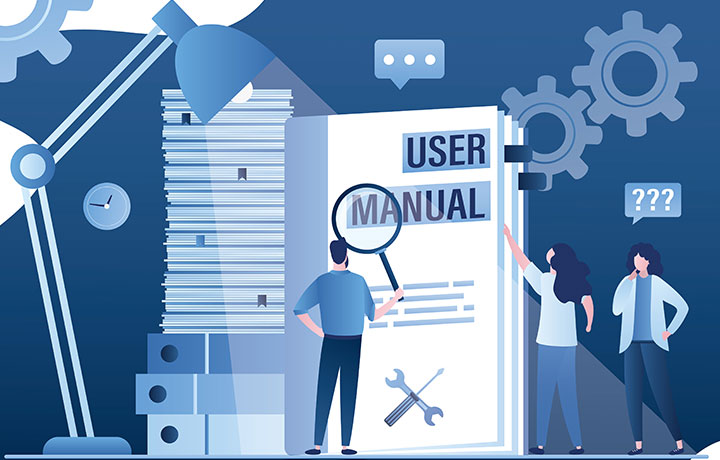



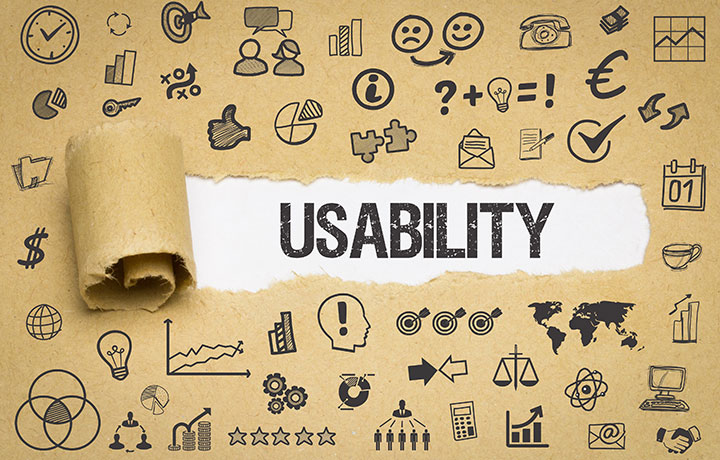





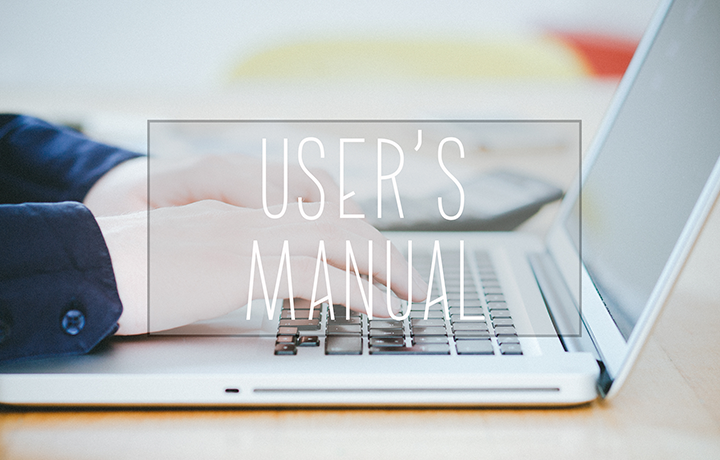











 Manual creation
Manual creation Director, Writer
Director, Writer In-house Support
In-house Support Video
Video Manual
Manual Manual Creation
Manual Creation One-Stop Service for Manual Creation
One-Stop Service for Manual Creation Manuals and Documents
Manuals and Documents